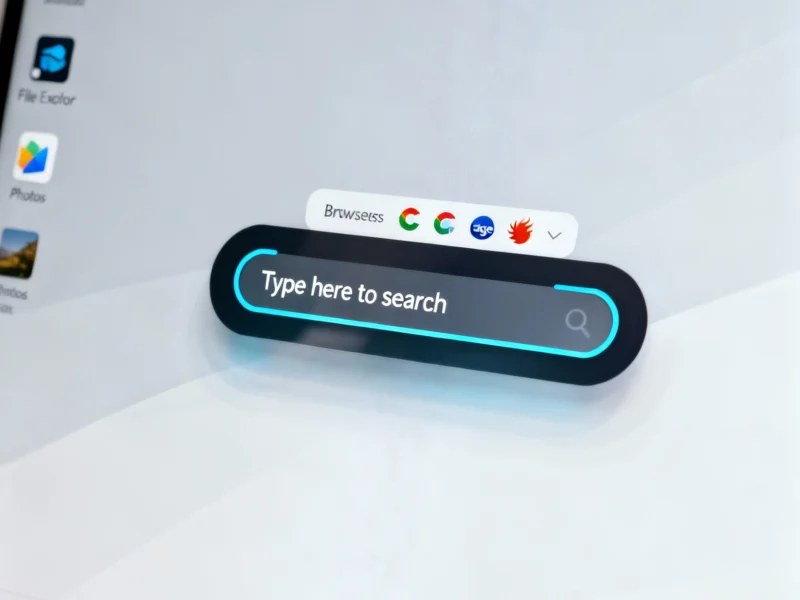Linux users can now manage their systems entirely through graphical interfaces, thanks to eight powerful free applications that replace traditional command-line tools. As Linux adoption grows—partially driven by Windows 10’s end of support—these GUI alternatives make the operating system accessible to users who prefer visual interfaces over terminal commands. From file synchronization to system monitoring, these tools provide the functionality of complex commands through intuitive point-and-click interfaces.
File Management and Backup Made Simple
Grsync transforms the powerful rsync command into a user-friendly graphical interface for file synchronization and backups. While rsync requires understanding command syntax and options, Grsync presents the same functionality through checkboxes and file browsers. Users still need to grasp fundamental concepts like source versus destination directories and permission preservation, but the visual interface eliminates memorizing complex command parameters. The application handles remote destinations using SCP format, such as username@IPaddress:/path/, and properly manages trailing slashes to determine whether to create subdirectories.
Modern Linux file managers like Nautilus, Dolphin, and Files handle numerous command-line functions transparently. The ls command becomes a directory listing view, cp becomes copy-paste operations, mv becomes drag-and-drop, and tar becomes right-click compression options. According to the Linux Foundation, these integrated file management capabilities have significantly reduced the learning curve for new Linux adopters. The touch command for creating new files is available through context menus, while mkdir appears as “Create New Folder” options.
System Administration Through Graphical Tools
The Disks application provides comprehensive disk management without requiring commands like fsck, mount, parted, or dd. This GUI tool, pre-installed on GNOME-based distributions and available for others, enables users to format drives, create partitions, and manage filesystems through visual controls. Crucially, it eliminates the need to manually edit the fstab configuration file for mounting drives at boot. However, users should exercise caution since disk operations remain powerful—selecting the wrong drive could result in data loss or OS corruption.
Stacer serves as a comprehensive system optimization tool that replaces multiple administrative commands. It handles file cleanup (replacing rm operations), process monitoring (replacing ps), and application management (replacing package manager commands like apt or yum). The application features dedicated tabs for system cleanup, startup program management, and service control. According to It’s FOSS, Stacer has become particularly popular among users transitioning from Windows who are familiar with system optimization utilities like CCleaner but want to avoid command-line system maintenance.
Development and Remote Access Alternatives
Meld provides visual file comparison capabilities that replace the diff command, which can be challenging for beginners to interpret. This tool highlights differences between text files with color-coded sections and supports three-way merges for development workflows. While Meld cannot process binary files like .odt or .docx documents directly, it excels with plain text, code files, and configuration files. The GNOME Project notes that visual diff tools have become essential for developers who prefer graphical version control interfaces.
Modern text editors like GNOME Text Editor, Kate, and COSMIC Text offer sophisticated alternatives to terminal-based editors like nano, vi, and emacs. These applications provide syntax highlighting, multiple document interfaces, and integrated file browsing while maintaining compatibility with system configuration files. The main limitation occurs when editing system files requiring sudo privileges, which may still require terminal access or administrator authentication prompts.
Software Management and Remote Connectivity
Distribution-specific software centers eliminate the need to memorize package manager commands. GNOME Software, KDE Discover, and COSMIC Shop provide app store-like experiences for installing, updating, and removing software without using apt, dnf, pacman, or other command-line package managers. Research from DistroWatch indicates that GUI software managers have contributed significantly to Linux adoption rates, particularly among users migrating from proprietary operating systems.
PuTTY offers a graphical interface for SSH connections, replacing the ssh command with saved host configurations and connection management. While its interface may appear dated, it simplifies remote system administration by storing connection details and authentication information. The application supports various network protocols beyond SSH, including Telnet and serial connections, making it versatile for both beginners and experienced users managing multiple remote systems.
These eight applications demonstrate that comprehensive Linux system management no longer requires command-line expertise. As the Linux.com community notes, the availability of robust GUI alternatives has been crucial in expanding Linux’s user base beyond technical professionals. While terminal access remains available for power users, these tools provide complete system functionality through intuitive interfaces that rival those found in commercial operating systems.



